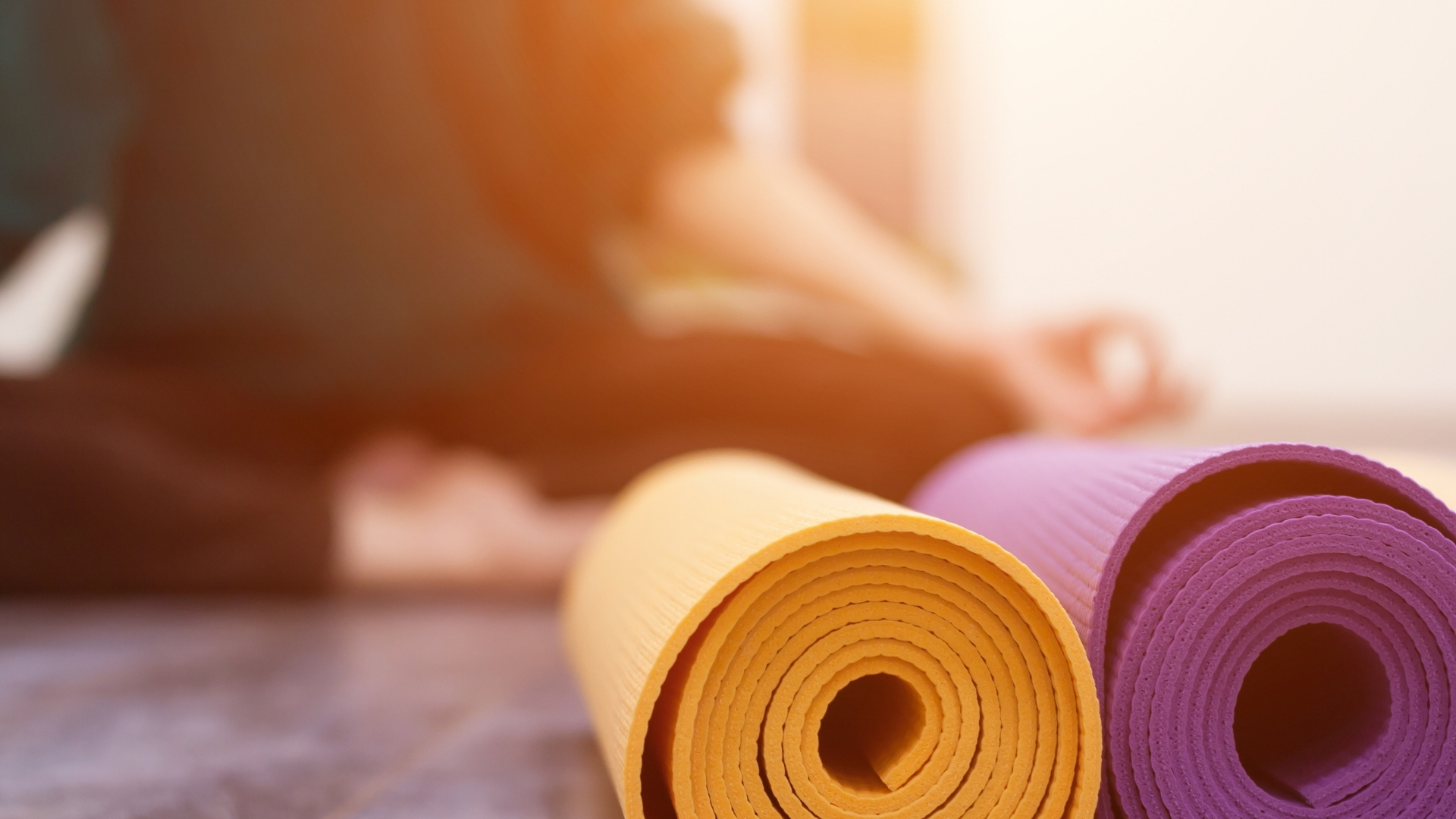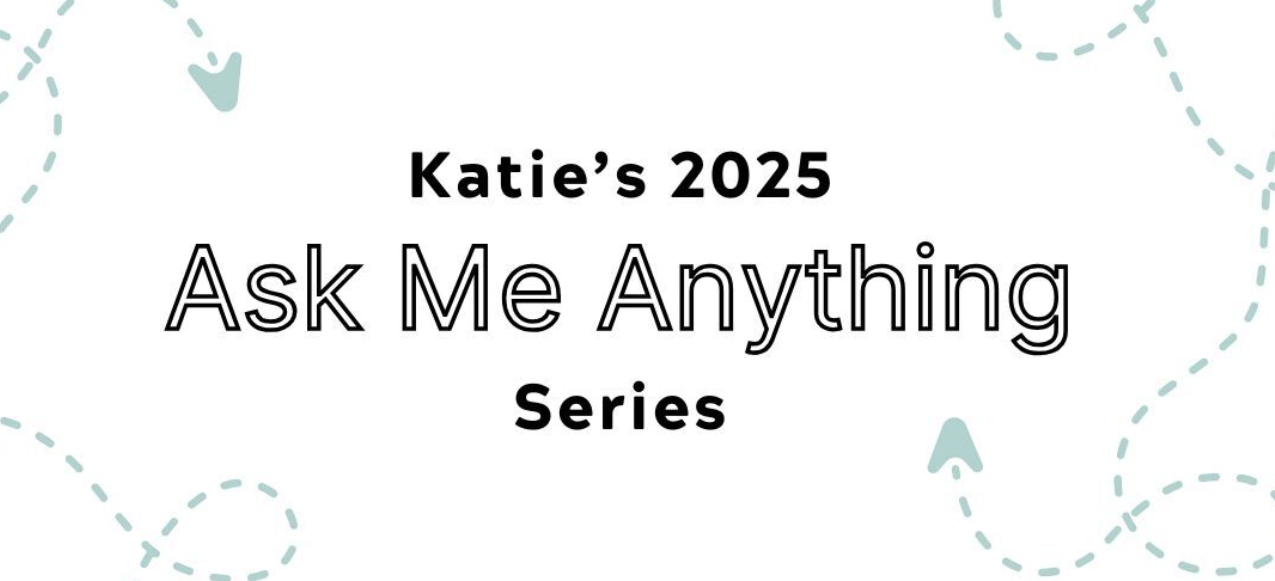Have you ever wanted to try yoga, but you weren’t sure where to start? Have you tried to create a yoga practice in the past, but had a hard time making the habit stick?
I’ve found that new habits and routines can be all the more challenging if I’m starting with little practical or functional knowledge about what I am trying to do.
In this post, I thought I would share some of the beginning steps that helped me to begin a dedicated daily yoga practice in case they might be helpful to you as well.
- Practice one pose at a time. When I first began practicing daily yoga almost six months ago, I knew I needed to start small and build from the ground up. I used this foundations of yoga series from Yoga with Adriene (free on YouTube) to practice just one or two postures each day. Starting here helped me to learn pose names and the proper things to focus on with each one to make sure I did them with integrity and alignment.
- Notice breath and movement integrations. Rather than thinking about yoga as a form of passive stretching, it was helpful for me to learn right away that yoga is a combination of breath and movement. Learning which movements went best with my inhale versus my exhale helped me better understand how to integrate my breath with each posture and that made it easier for me to listen to my body while I practiced.
- Lengthen your spine. One of the ways to ensure a full breath is to lengthen the spine. This was a second major takeaway for me as I began my practice. Instead of trying to be as flexible as possible, and sometimes losing the integrity of a pose along the way, I began to lengthen my spine first to see what it would mean to stay in a posture with that alignment before trying for a deeper stretch.
- Make friends with props. Props like yoga blocks (they bring the floor toward you), blankets (to heighten your hips when sitting), jellies (to soften the mat for when you are on your knees), or straps (to further deepen a stretch or support a more difficult pose) are all really helpful to have around. These props are not just for beginner yoga practitioners, but can be used at any time in your yoga journey to modify poses in a range of ways.
- Focus on what it feels like over what it looks like. When I first was learning about yoga, I thought that each pose had a “best” way that it should be practiced and I would often picture that in my head as a model to work toward. I’m happy to admit that I was so wrong! Poses can be adjusted and modified for each body. As long as the spine is long and the breath is aligned, you’re good to go in just about any pose.
- Personalize your practice. The more I practice yoga, the more I feel my own personal edge, notice the poses that feel especially good to me, and also notice the postures that I tend to avoid. All of this is great information for when I choose yoga videos to practice with or as I design my own sequences. I’ve also learned over time that practicing in the morning is my favorite time of day, so I try to do that whenever possible.
- Explore different forms of asana. When I was first getting started with yoga, I was a little overwhelmed by all the different forms of asana (another word for the physical practice of yoga). However, I quickly realized that I tended to lean toward certain kinds that I liked better than others. For example, I found out early on that quicker vinyasa flows and “power” yoga weren’t really my speed. Instead, I really enjoy restorative and Yin yoga poses, which focus on slow movements and deep stretches that allow for lots of reflection and contemplation.
- Go beyond the physical practice. Another thing I learned early on about yoga is that the physical movements, although often the most visual part of the yoga practice, are just one of eight different “limbs” of yoga that can be practiced. Other limbs include ethical practices, breathing exercises, forms of meditation, and more. Reading about these different practices helped me to contextualize where the physical practice of asana fit into the bigger picture.
- Study yoga’s history and cultural context. Reading about yoga, taking short courses on yoga and social justice, watching yoga documentaries, and engaging in my yoga teacher training program have all helped me to dig deeper in the cultural and spiritual histories of yoga. I really like to understand how smaller pieces fit into a larger whole, so this kind of learning has led me to a much more intentional and purposeful practice.
If this has intrigued you to get started with your own yoga practice, let me know! You might also want to join the waiting list of my upcoming yoga and planning retreat where we’ll be practicing meaningful embodiment as we plan for 2021 — I can’t wait!



